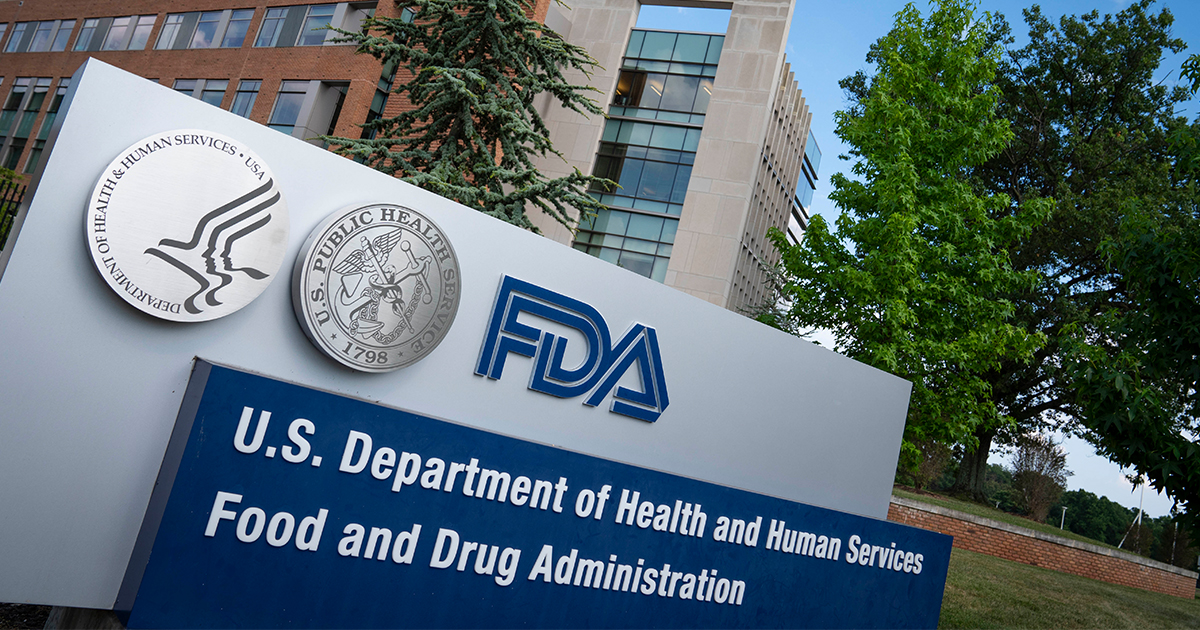
This past week, the U.S. Food and Drug Administration published draft guidance for its Content of Premarket Submissions for Device Software Functions.
WHY IT MATTERS
The guidance, posted online on November 4, intended to provide information regarding the recommended documentation to include in premarket submissions for the FDA to evaluate the safety and effectiveness of device software functions.
The FDA's draft recommendations pertain to device software functions – software in a medical device (SiMD) and software as a medical device (SaMD), most notably – and describe data that would be generated and documented during software design, development, verification and validation.
The guidance, once finalized after a public content period, would replace the FDA’s more than 16-year-old Guidance for the Content of Premarket Submissions for Software Contained in Medical Devices.
It represents a substantial reworking of that document, which was first issued in May 2005, when the existing technology landscape could hardly have been imagined. Just as the maturity and capabilities of medical devices have evolved significantly since then, so has the agency's regulatory approach.
The new draft "describes the information that the FDA considers important during its evaluation of the safety and effectiveness for device software with one or more device functions, including both software in a medical device and software as a medical device," said Bakul Patel, director of FDA’s Digital Health Center of Excellence in the Center for Devices and Radiological Health.
"We anticipate this draft guidance, which fulfills FDA’s commitment in MDUFA IV, will provide clarity, simplicity and harmonization with current best practices and recognized voluntary consensus standards, once finalized," he added.
Comments can be submitted online through February 2, 2022.
"We look forward to receiving comments on this draft guidance and to providing final guidance to stakeholders as part of our efforts to promote innovation of safe and effective devices for the benefit of public health," said Patel.
THE LARGER TREND
Speaking a year ago about the promise and potential for medical technology, especially as artificial intelligence and machine learning evolve, Patel made note of FDA's total product life cycle approach to AI-powered software-as-a-medical devices.
The goal, he said in October 2020, was that "FDA oversight would provide the level of trust and confidence to the users, at the same time leveraging transparency and pre-market assurance, as well as ongoing monitoring of those products that are learning on the fly. And we are looking to see what we can do to enhance this framework going forward, and understand how the regulatory system can enable that."
This past month, meanwhile, the agency published another document: a list of "guiding principles" aimed at helping promote the safe and effective development of medical devices that use AI.
The hope is to lay the foundation for what FDA calls Good Machine Learning Practice. "As the AI/ML medical device field evolves, so too must GMLP best practice and consensus standards," according to the agency.
ON THE RECORD
"As technology continues to advance all facets of health care, software has become an important part of many products and is integrated widely into medical devices," said Patel this past week, announcing the draft guidance on device software.
"The FDA recognizes this evolving landscape and seeks to provide our latest thinking on regulatory considerations for device software functions that is aligned with current standards and best practices."
"device" - Google News
November 09, 2021 at 03:12AM
https://ift.tt/3CWP2CE
FDA hopes draft guidance on device software will offer 'clarity, simplicity' - Healthcare IT News
"device" - Google News
https://ift.tt/2KSbrrl
https://ift.tt/2YsSbsy
Bagikan Berita Ini















0 Response to "FDA hopes draft guidance on device software will offer 'clarity, simplicity' - Healthcare IT News"
Post a Comment